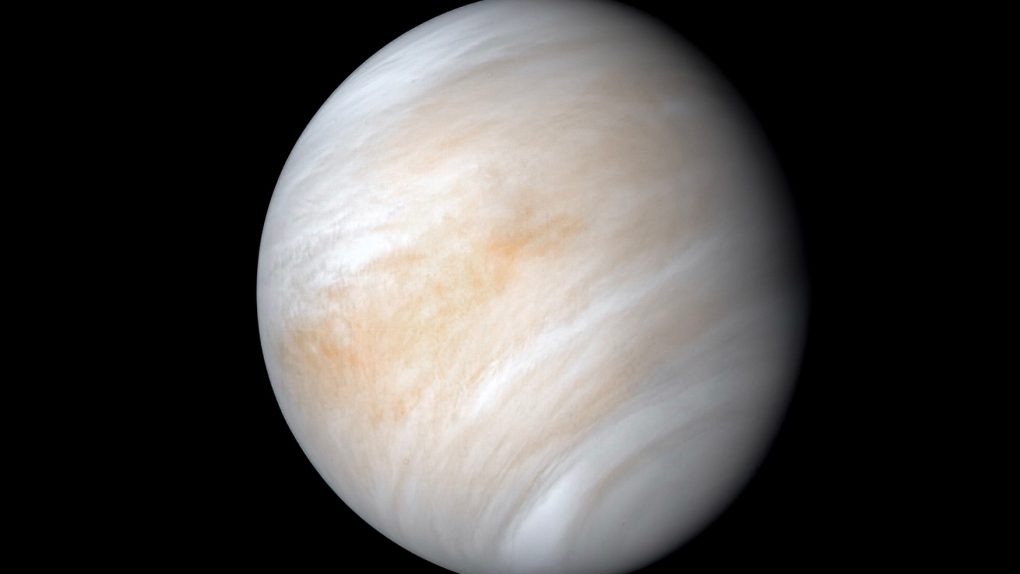A new study suggests that Earth’s hotter sister (Venus is roughly 100 times hotter than Earth) could have formed by Earth-like plate tectonics billions of years ago. The study is published in Nature Astronomy and discusses how atmospheric data from Venus, alongside computer modeling, has delivered them to this particular resolution.
See, Venus is a lot like Earth. In many ways, it is considered Earth’s evil twin. However, because of its distance from the Sun and the thickness of its atmosphere, Venus is exceptionally brutal, destroying and crushing any spacecraft that travel there within just two hours. However, we continue to find similarities between it and our own planet.
This new study, which discusses the potential of early Earth-like plate tectonics on Venus, could help us grasp a better understanding of how Venus formed. That, along with other data, could one day help us better understand what happened to Venus to make it such a hellscape of a planet.

On Earth, plate tectonics played a vital role in forming the various continents, mountains, and chemical reactions that stabilized our planet’s surface temperature. On Venus, though, things are different. For the most part, scientists believe that Venus has a “stagnant lid,” which is essentially just a single tectonic plate with minimal amounts of give.
If true, that means that most of the gasses inside of Venus have remained trapped beneath the list of the outer crust for billions of years, turning it into the ball of death that it now is. However, data from Venus’ atmosphere, as well as computer modeling, have painted a slightly different picture.
The new data instead shows that for Venus to reach its current state, Venus may have had plate tectonics between 4.5 billion and 3.5 billion years ago, after the planet formed. However, the early tectonic movements would probably have been limited, just like early Earth plate tectonics were limited. Somewhere along the way, though, those multiple plates formed into the stagnant lid responsible for Venus’ current makeup.
But what exactly does this mean? Well, it means that 4.5 billion years ago, Venus may have had the right conditions to support microbial life, and Venus probably had oceans, too. This would have made Venus and Earth even more alike than scientists previously believed.








